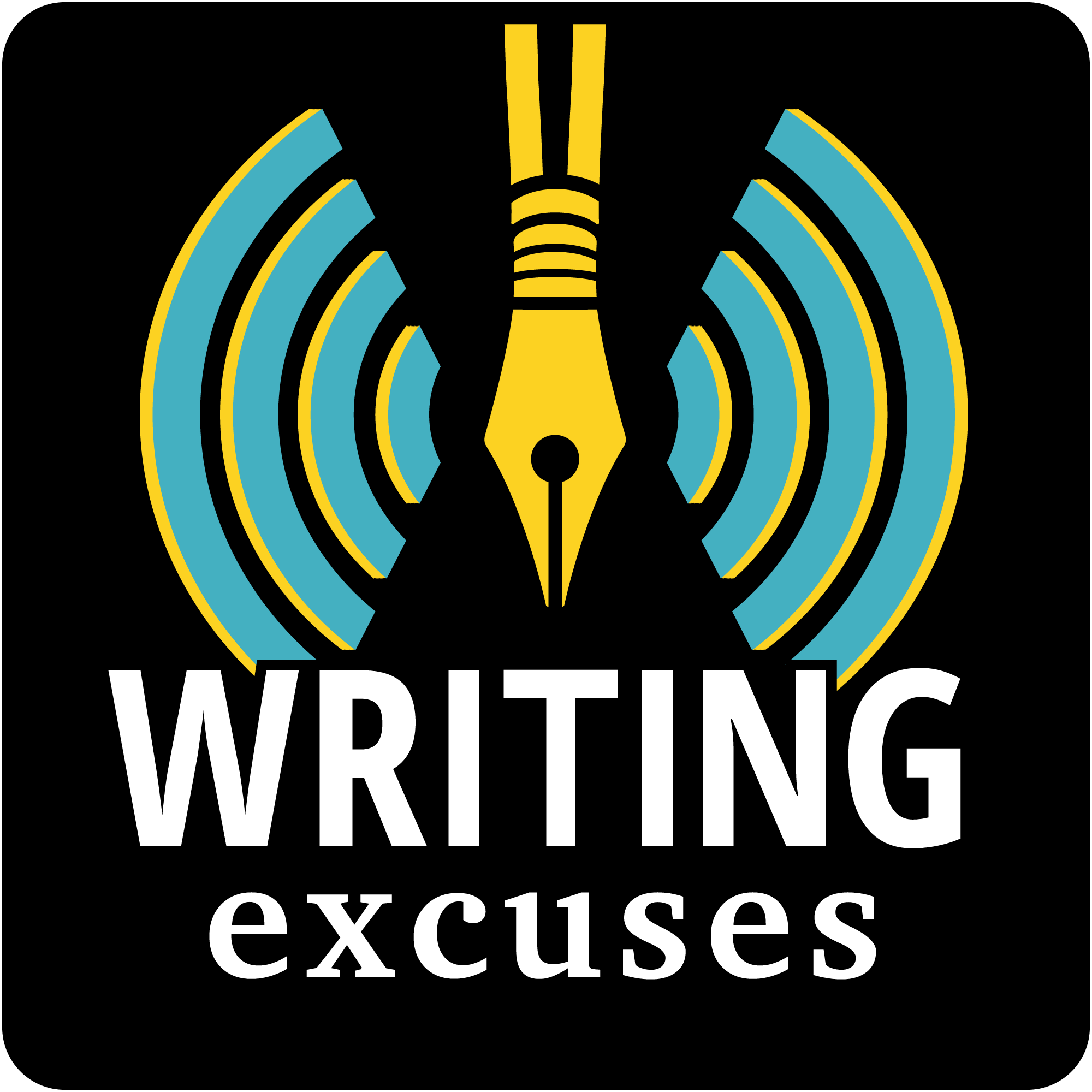Pacing is one of the most subjective and difficult aspects of storytelling to get right. What is pacing? How do you know what the right pace is for a story, and what techniques can you use to speed up or slow down your narrative? Homework Assignment from Fonda Lee: Take…
Fifteen minutes long, because you're in a hurry, and we're not that smart.

